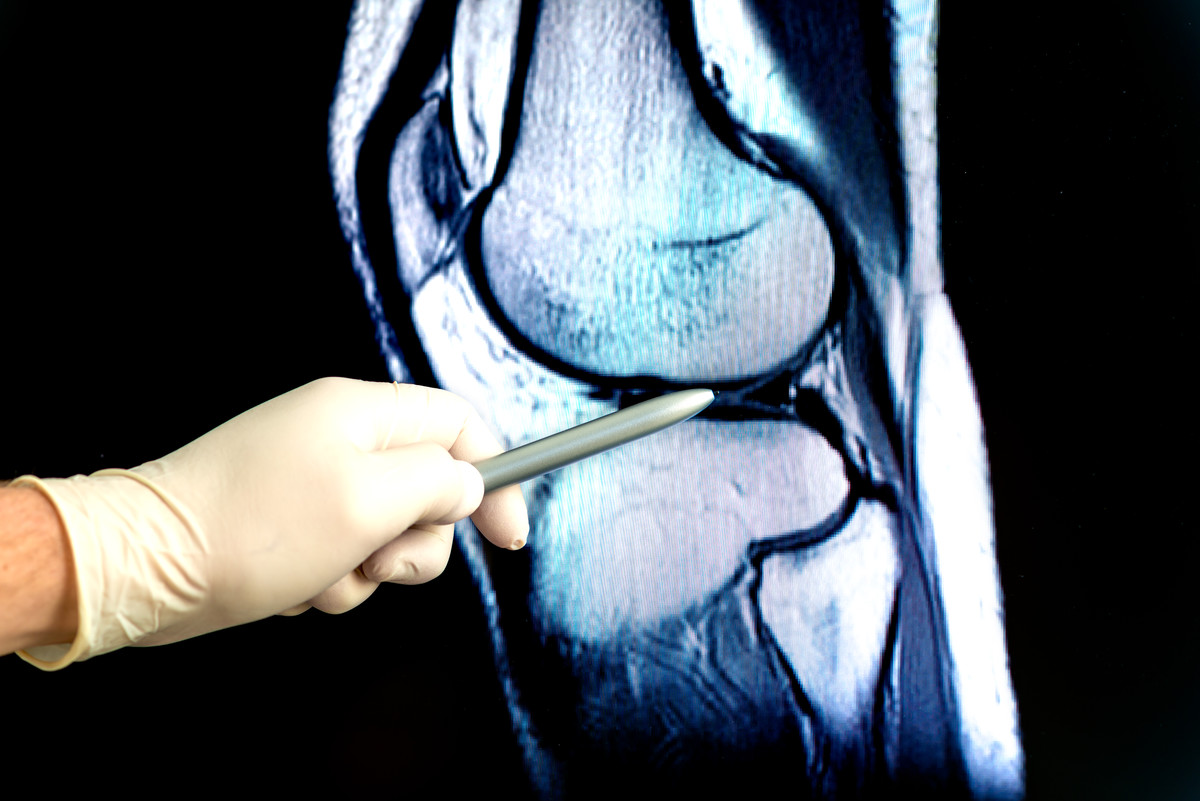
Arthroscopic Surgery
Some problems associated with arthritis can also be treated by arthroscopy. Several disorders are treated with a combination of arthroscopic and standard surgery.
Disease and injuries can damage bones, cartilage, ligaments, muscles, and tendons. Some of the most frequent conditions found during arthroscopic examinations of joints are:
Inflammation
- Synovitis – Inflamed lining (synovium) in knee, shoulder, elbow, wrist, or ankle.
- Injury – Acute and chronic.
- Shoulder - Rotator cuff tendon tears, impingement syndrome, and recurrent dislocations.
- Knee – Meniscal (cartilage) tears, chondromalacia (wearing or injury of cartilage cushion), and anterior cruciate ligament tears with instability.
- Wrist – Carpal tunnel syndrome.
- Loose bodies of bone and/or cartilage - Knee, shoulder, elbow, ankle, or wrist.
What is the rotator cuff?
The rotator cuff is a band of muscles that surrounds the joint formed by the upper arm bone or humerus that connects to the shoulder blade or scapula. The rotator cuff is stiff enough to hold the joint together, but is also flexible enough to allow the arm to reach and lift.
Rotator cuff injuries are common among baseball pitchers, tennis players and other athletes who frequently exert an overhand throwing or swinging motion. Non-athletes who engage in frequent lifting or reaching activities, such as stacking cans on a high shelf, can also develop rotator cuff problems.
What causes shoulder problems?
Most shoulder problems are the result of overuse or traumatic injury. Athletes who participate in contact sports, such as hockey or football, often suffer from shoulder injuries. Frequent lifting and repetitive arm rotation can also cause wear and tear on the shoulder. Inflammatory diseases such as arthritis and bursitis may develop over time.
What are the types and causes of arthritis in the knee?
- Osteoarthritis or Degenerative Joint Disease – The most common type of Arthritis. Osteoarthritis is also known as “wear and tear arthritis” since the cartilage simply wears out. When cartilage wears away, bone rubs on bone causing severe pain and disability. The most frequent reason for osteoarthritis is genetic, since the durability of each individual’s cartilage is based on genetics.
- Trauma – Can also lead to osteoarthritis. A bad fall or blow to the knee can injure the joint. If the injury does not heal properly, extra force may be placed on the joint, which over time can cause the cartilage to wear away.
- Inflammatory Arthritis - Swelling and heat (inflammation) of the joint lining causes a release of enzymes which soften and eventually destroy the cartilage. Rheumatoid arthritis, Lupus and psoriatic arthritis are inflammatory in nature.
